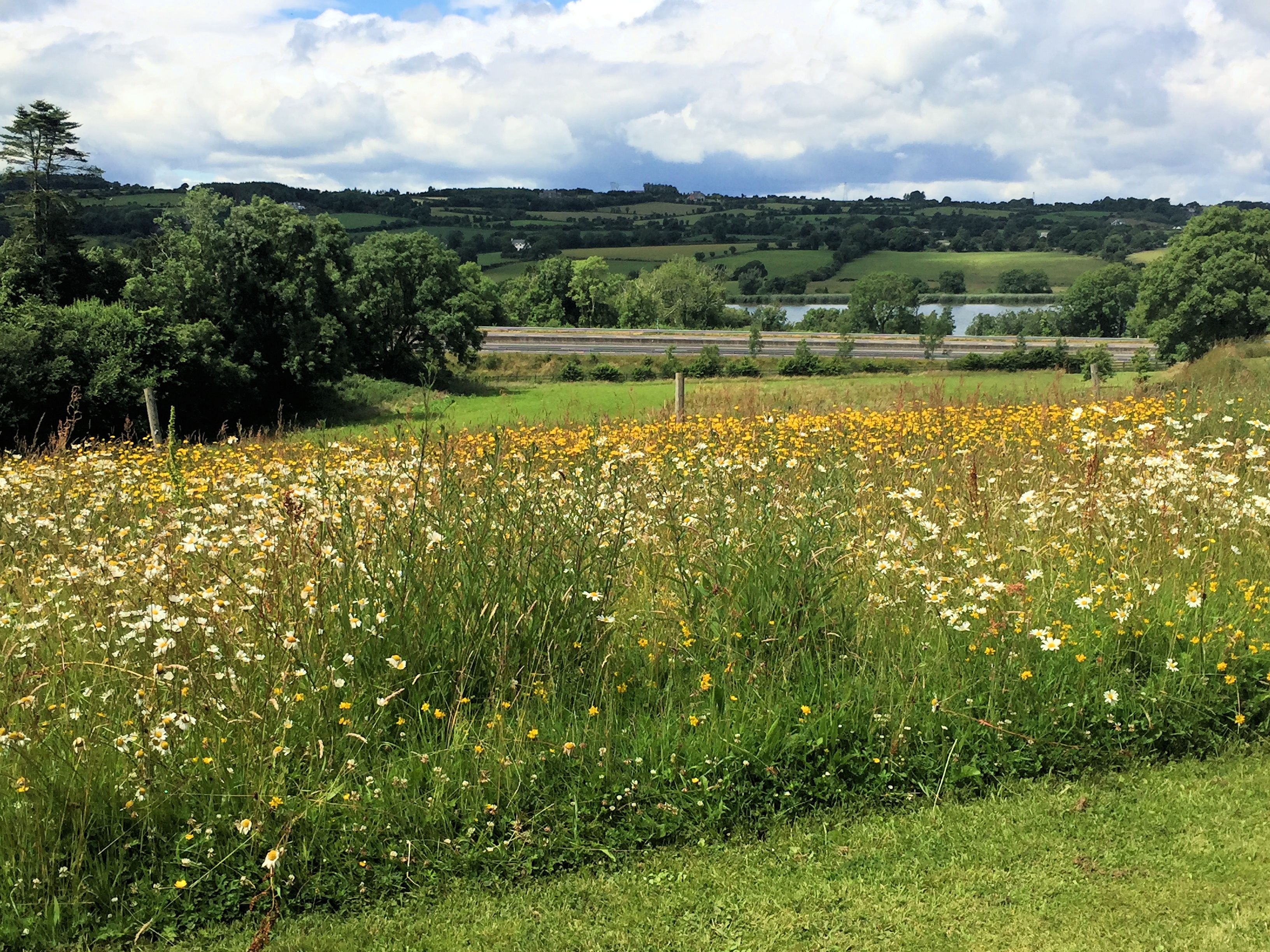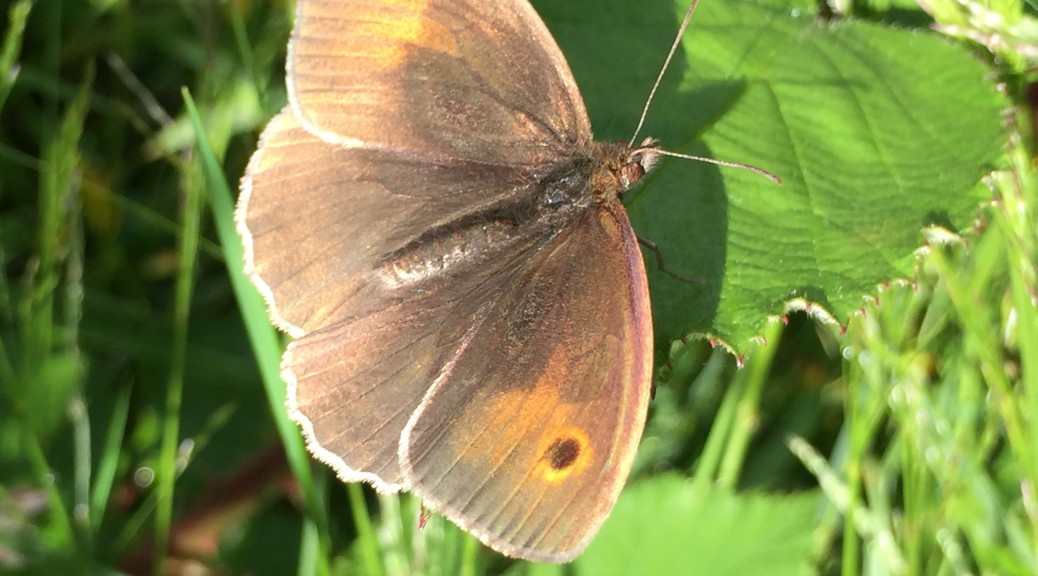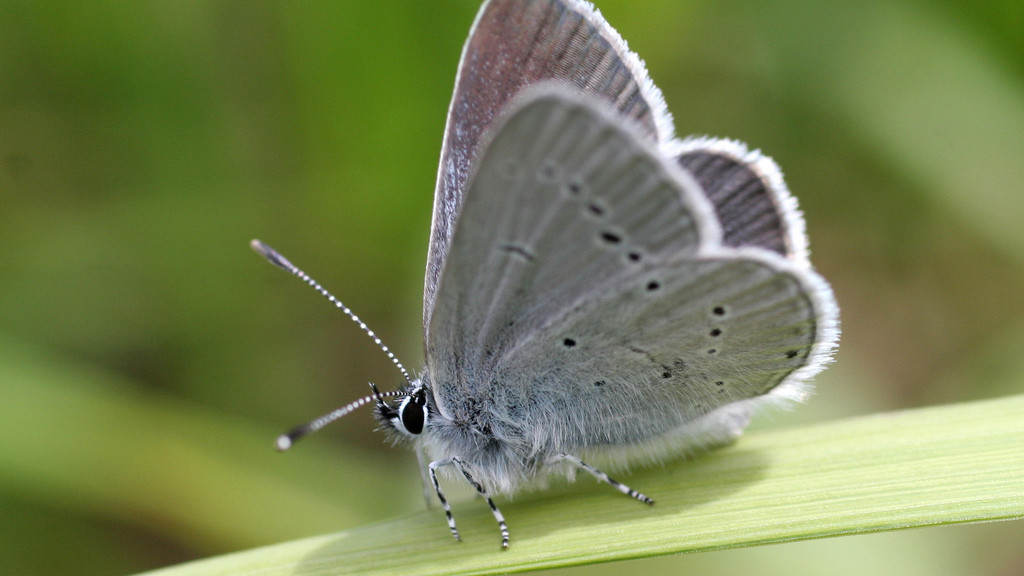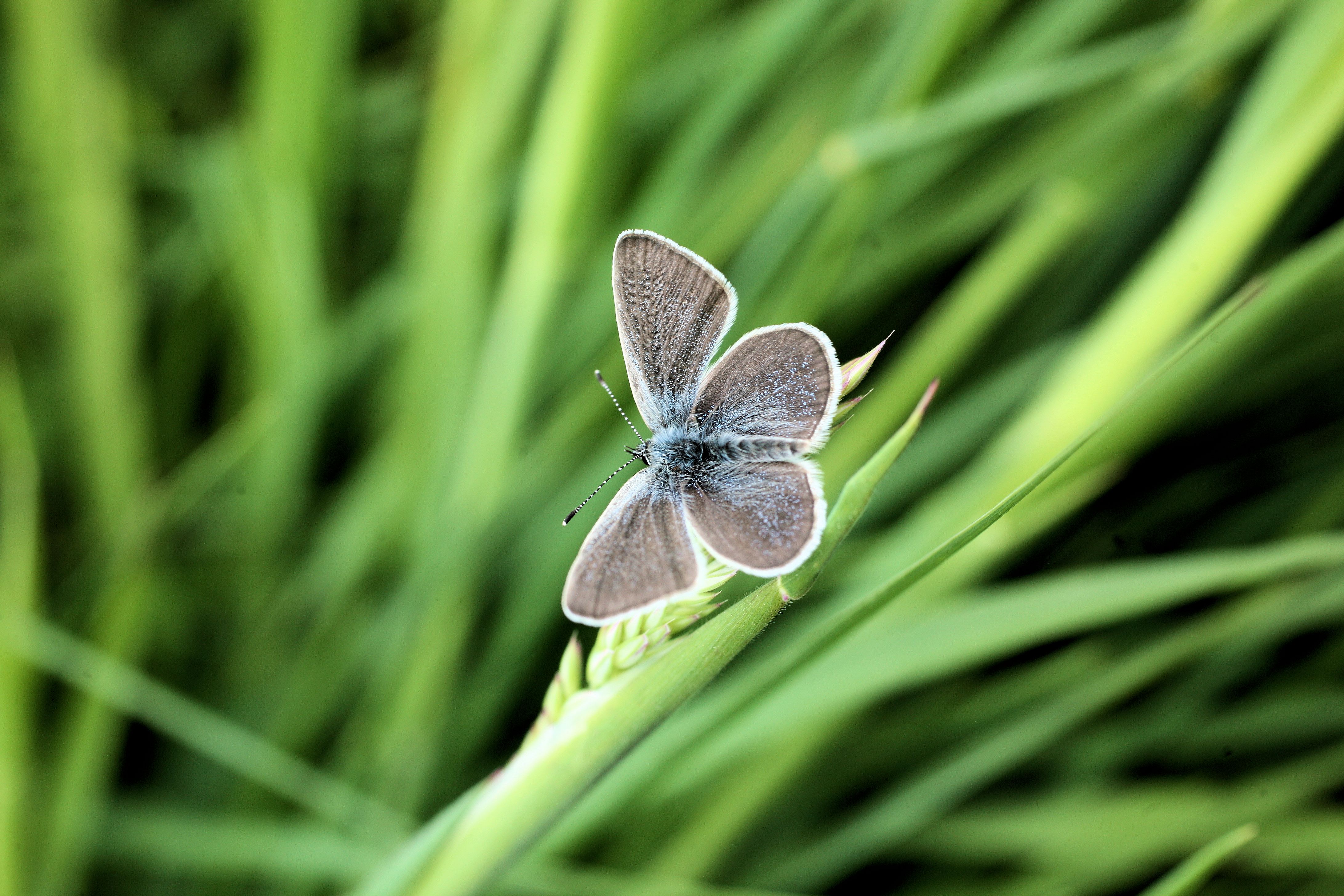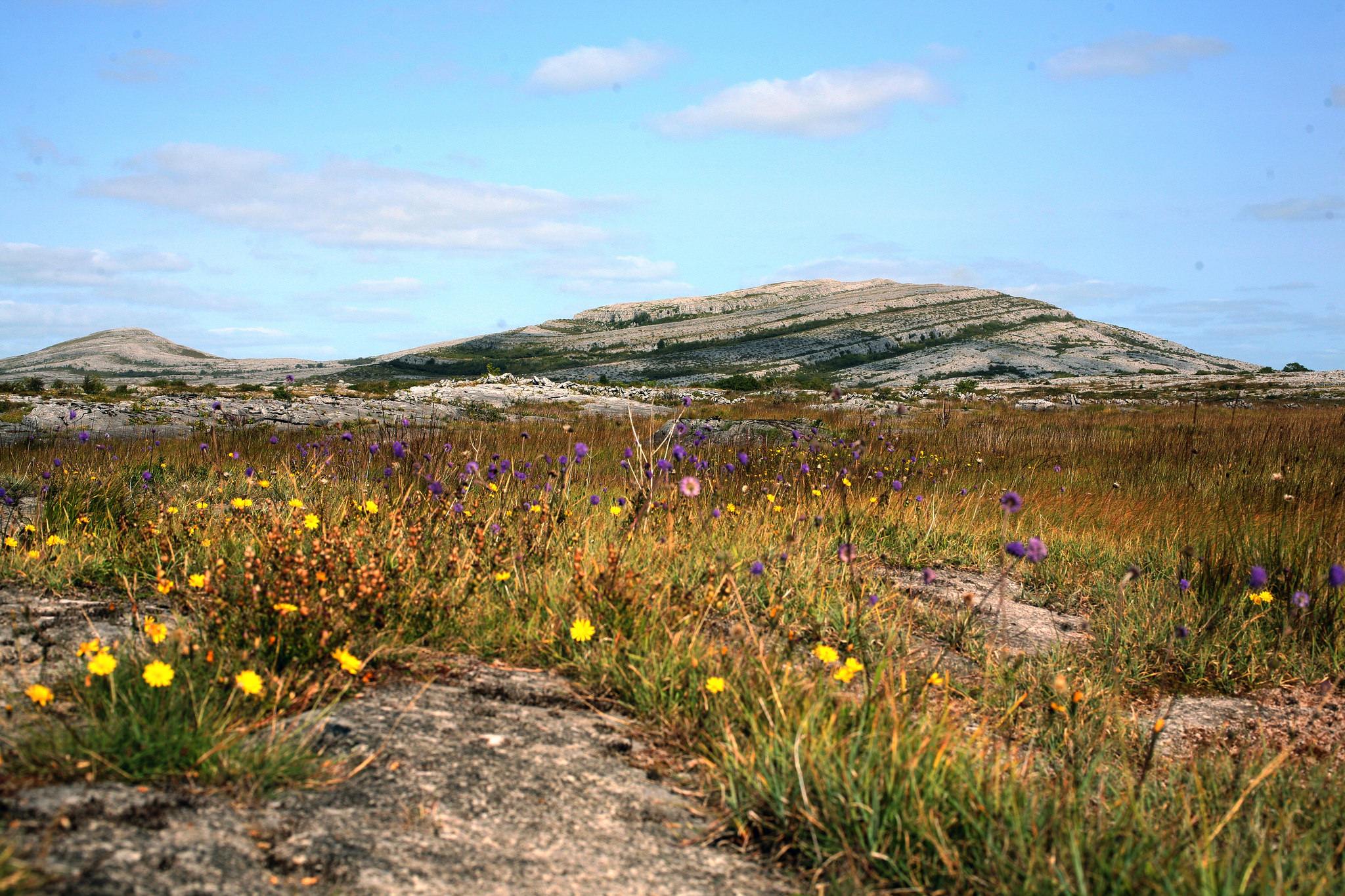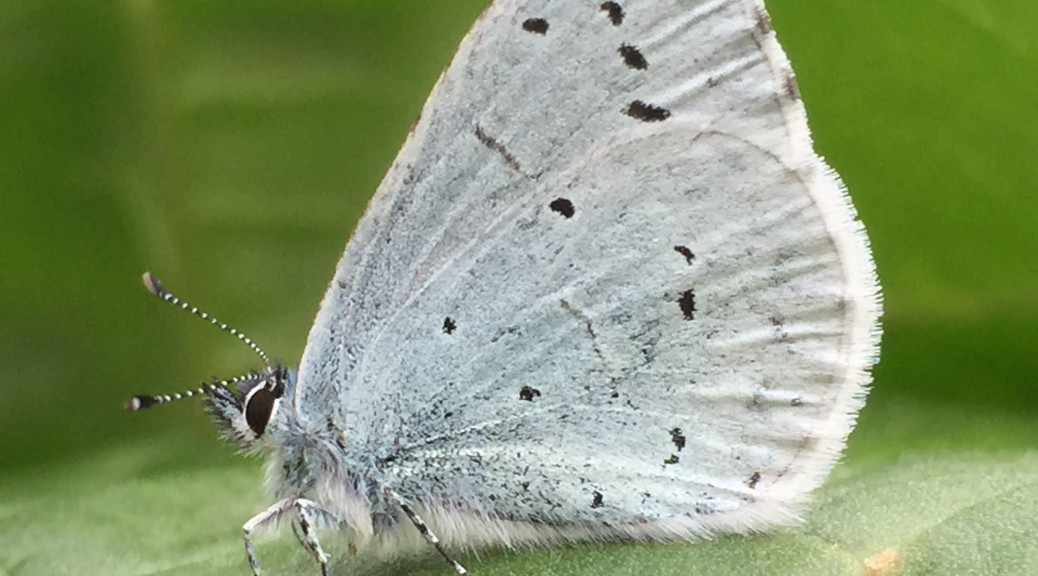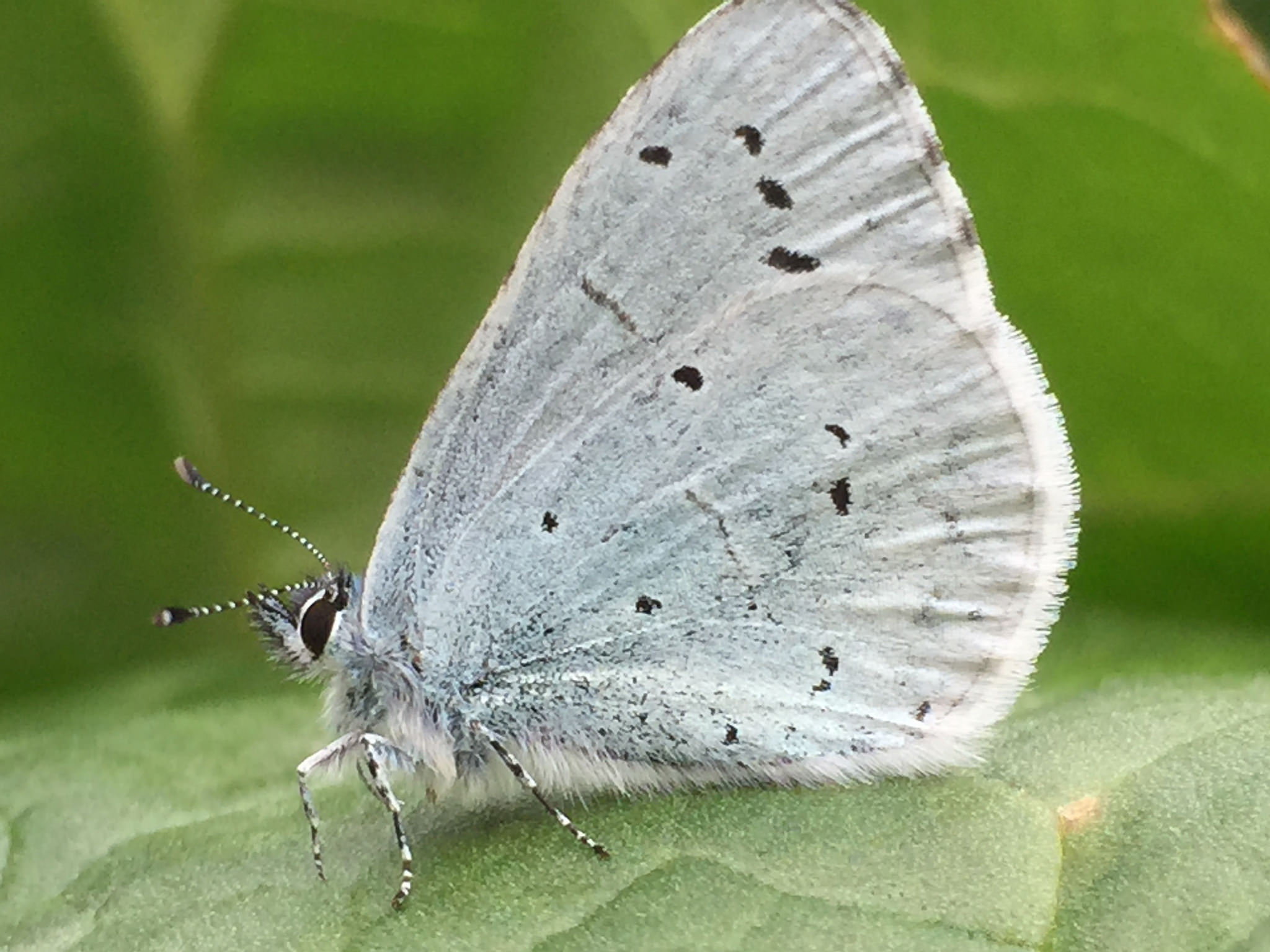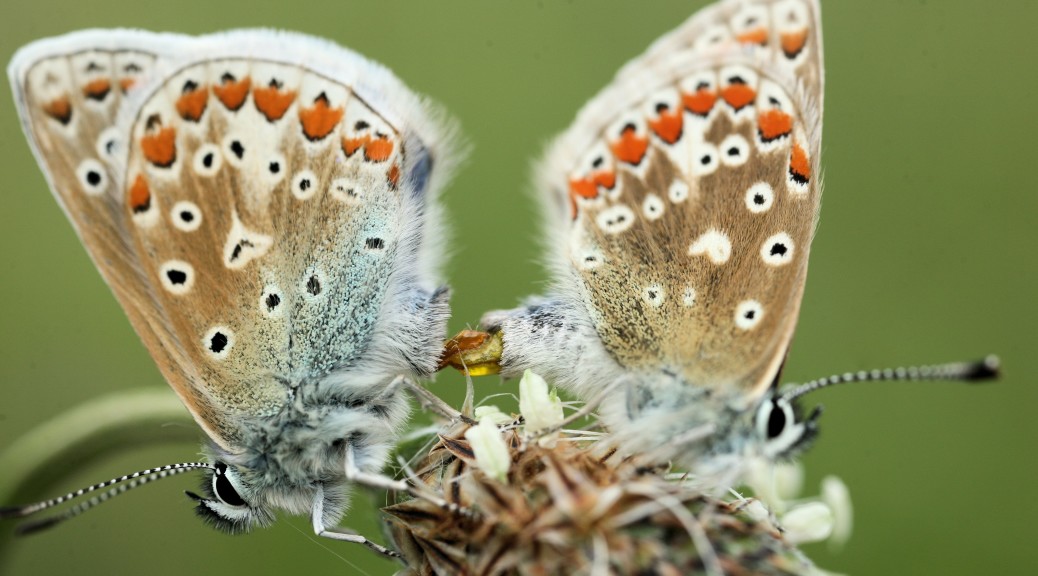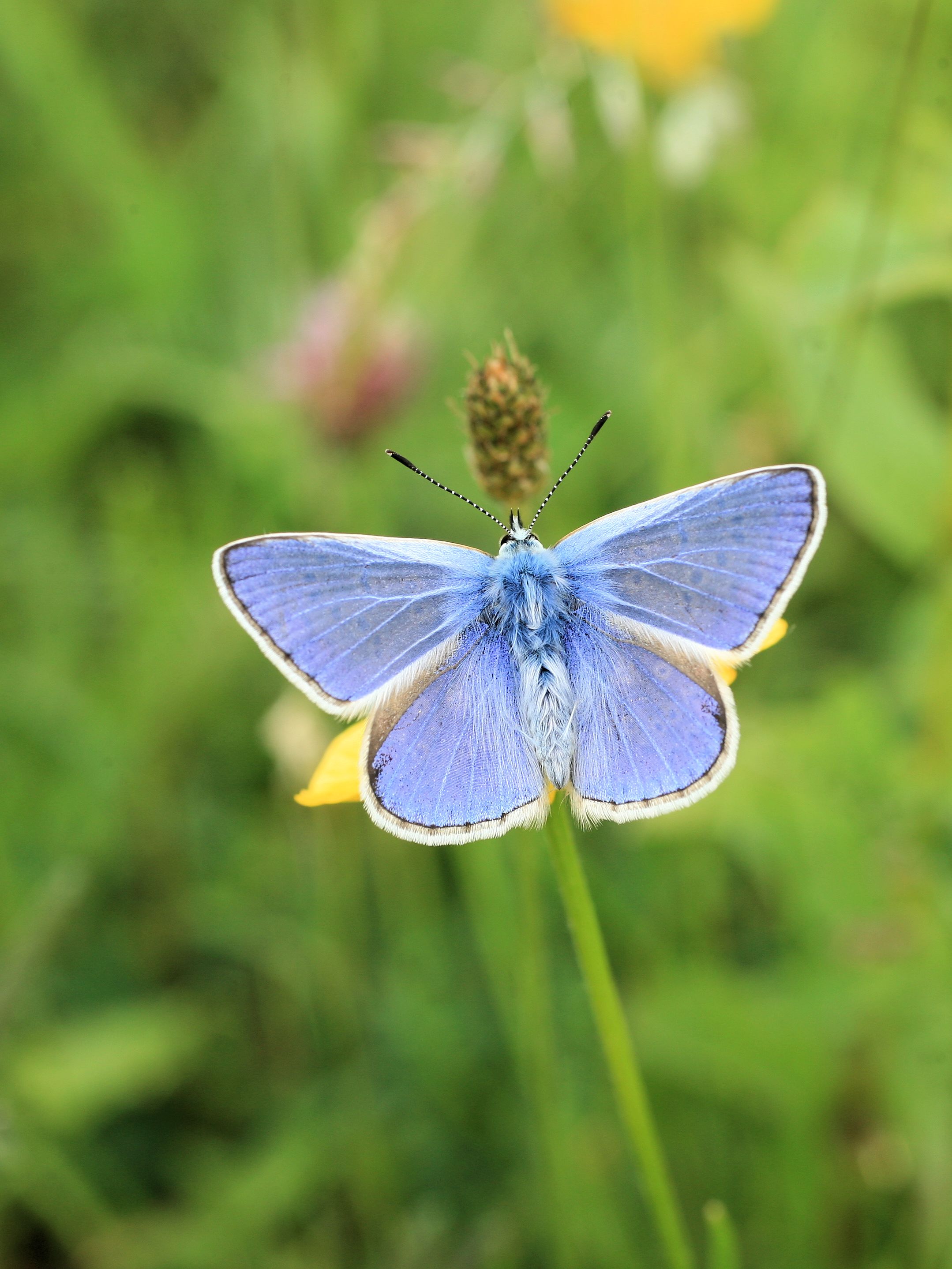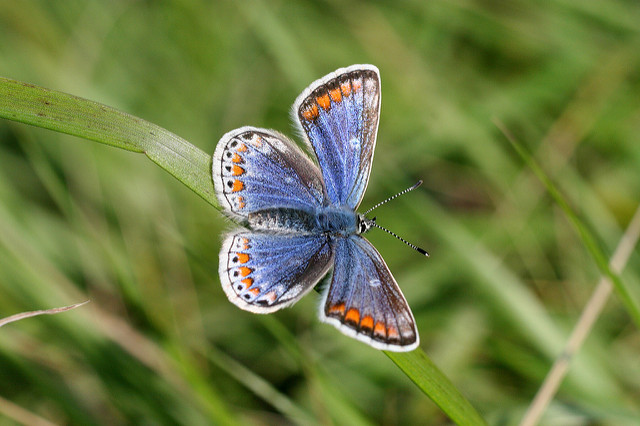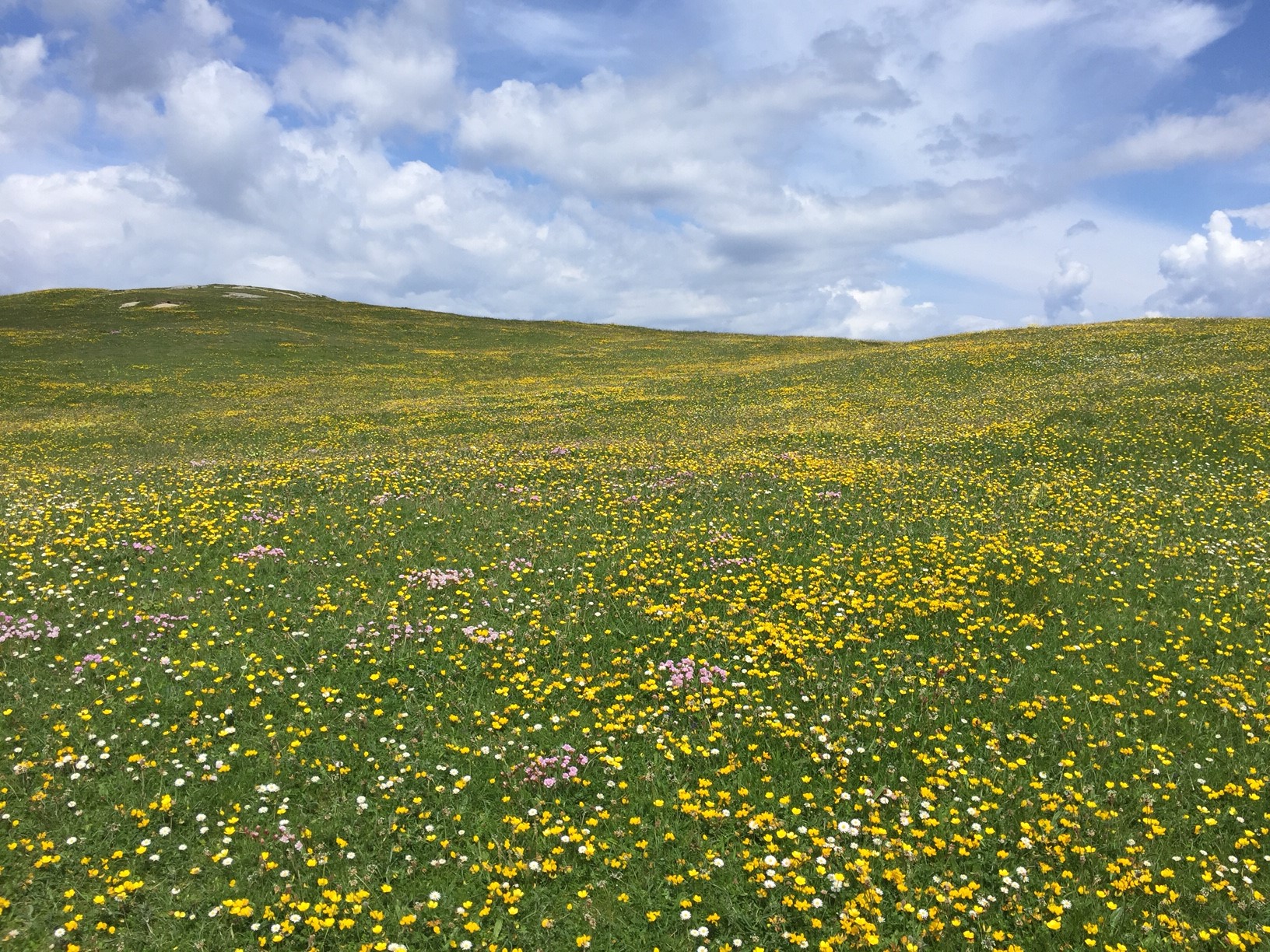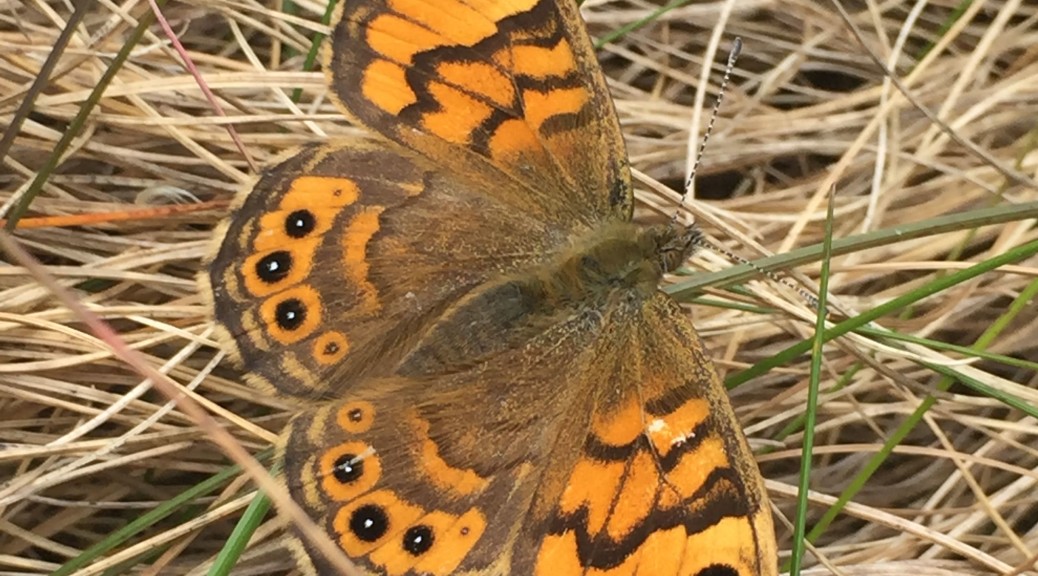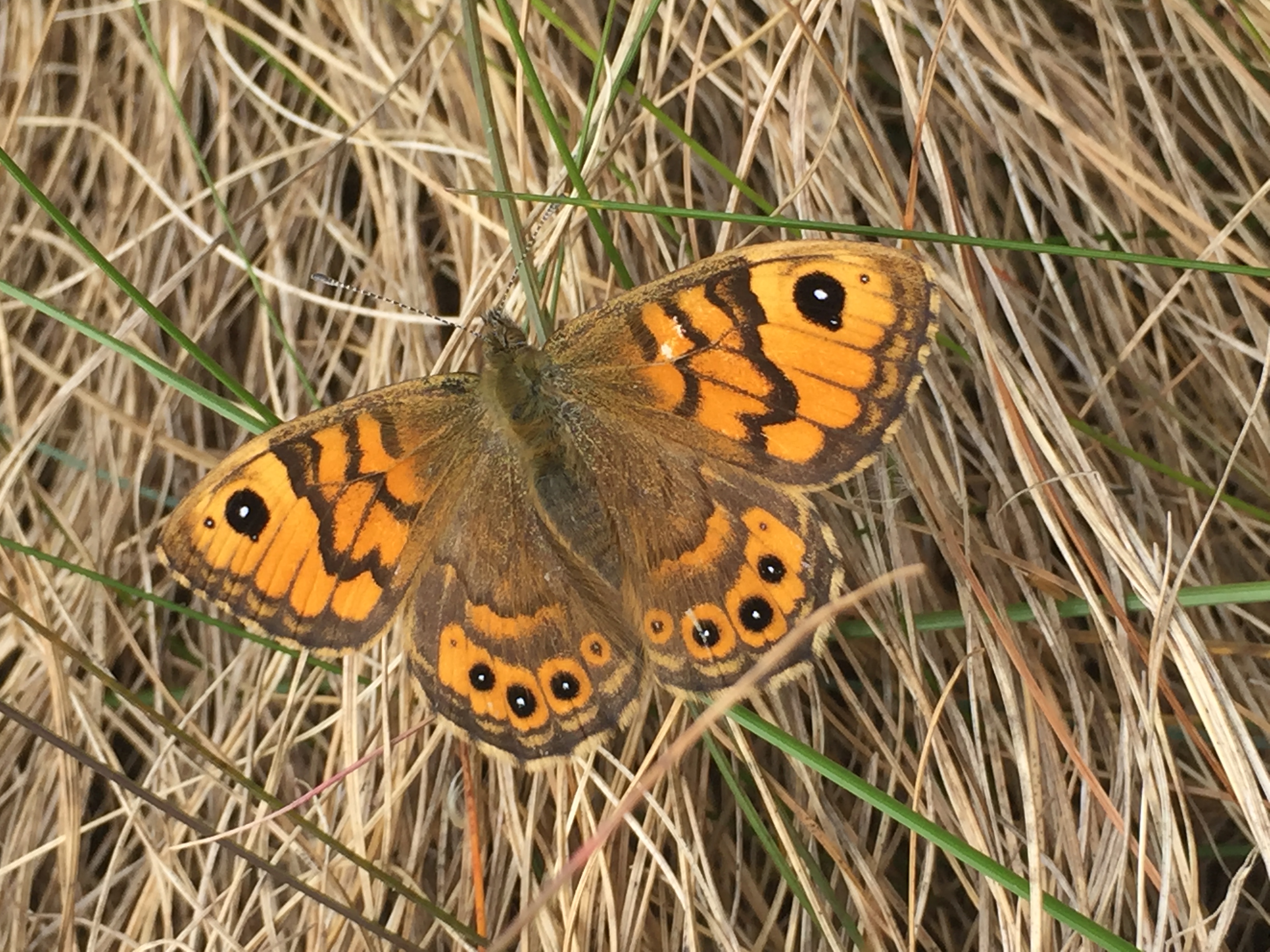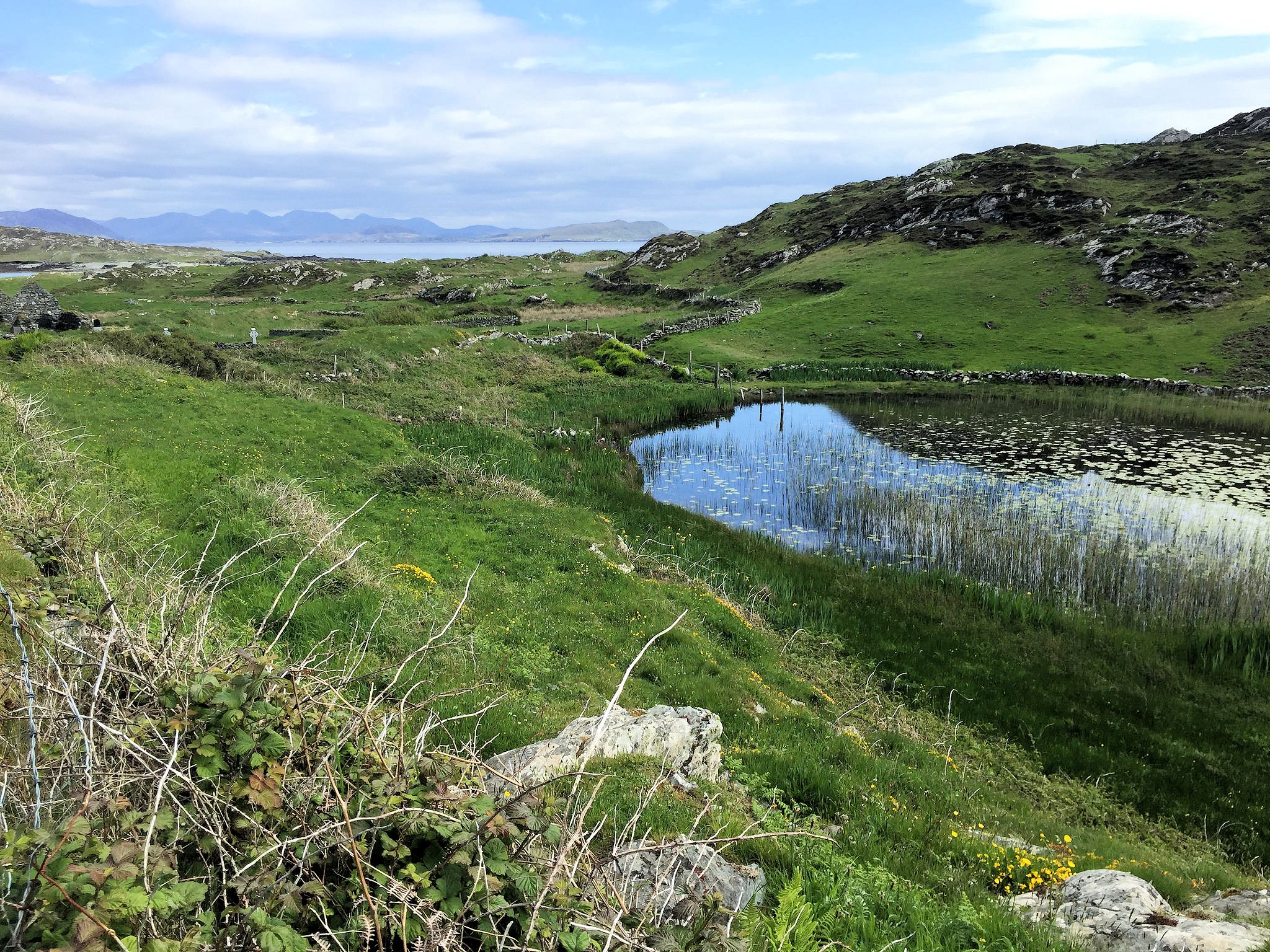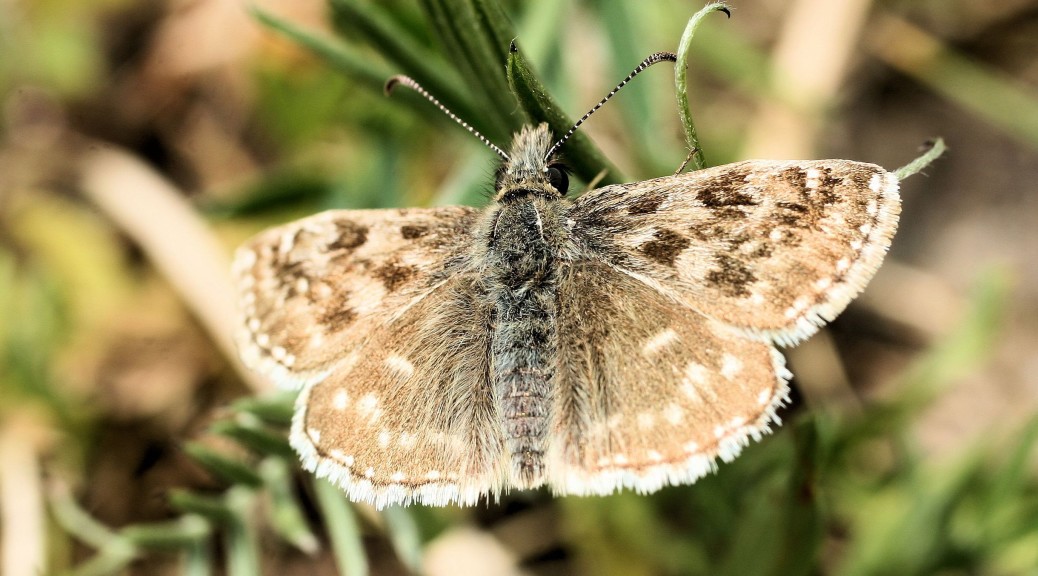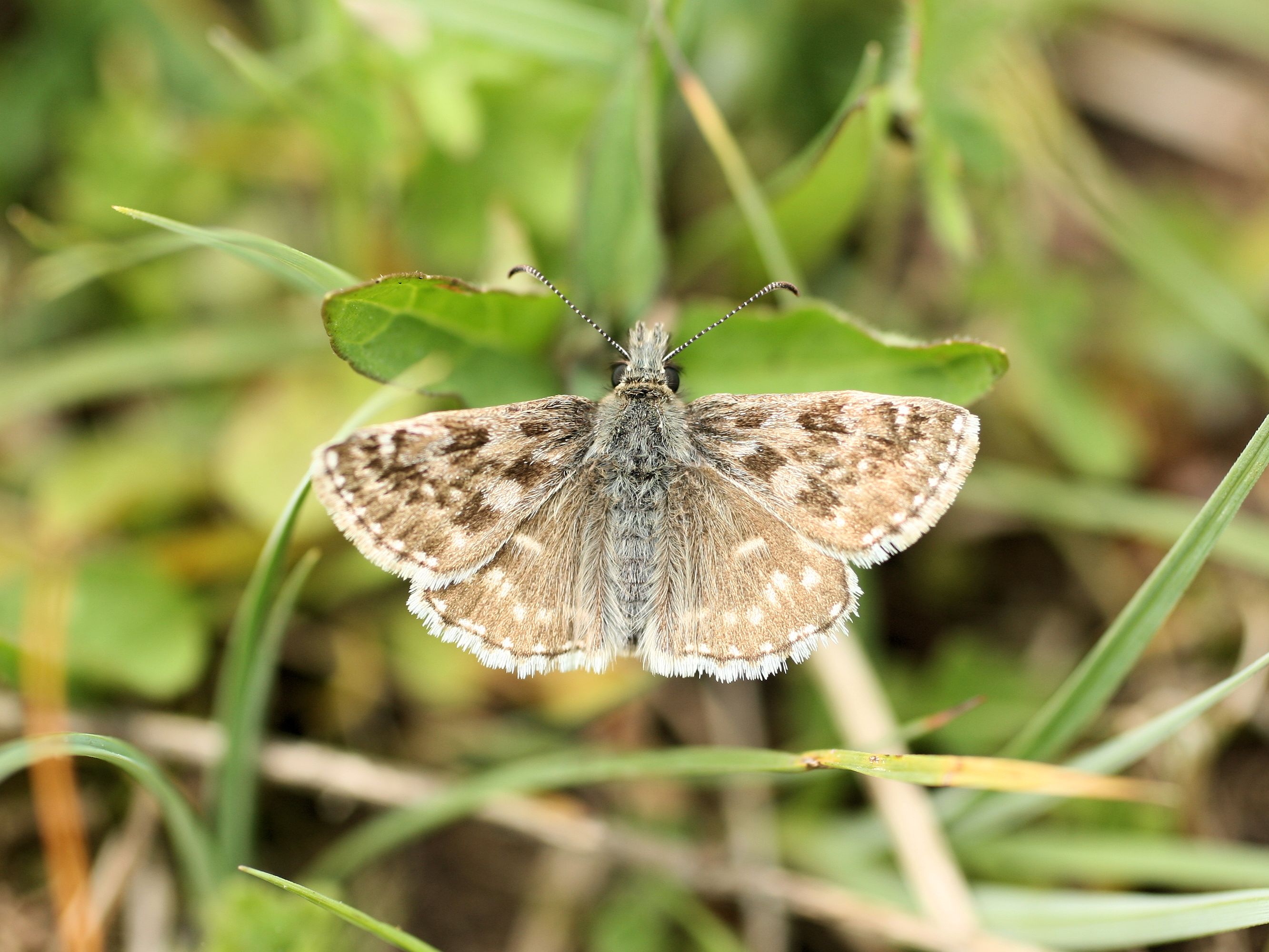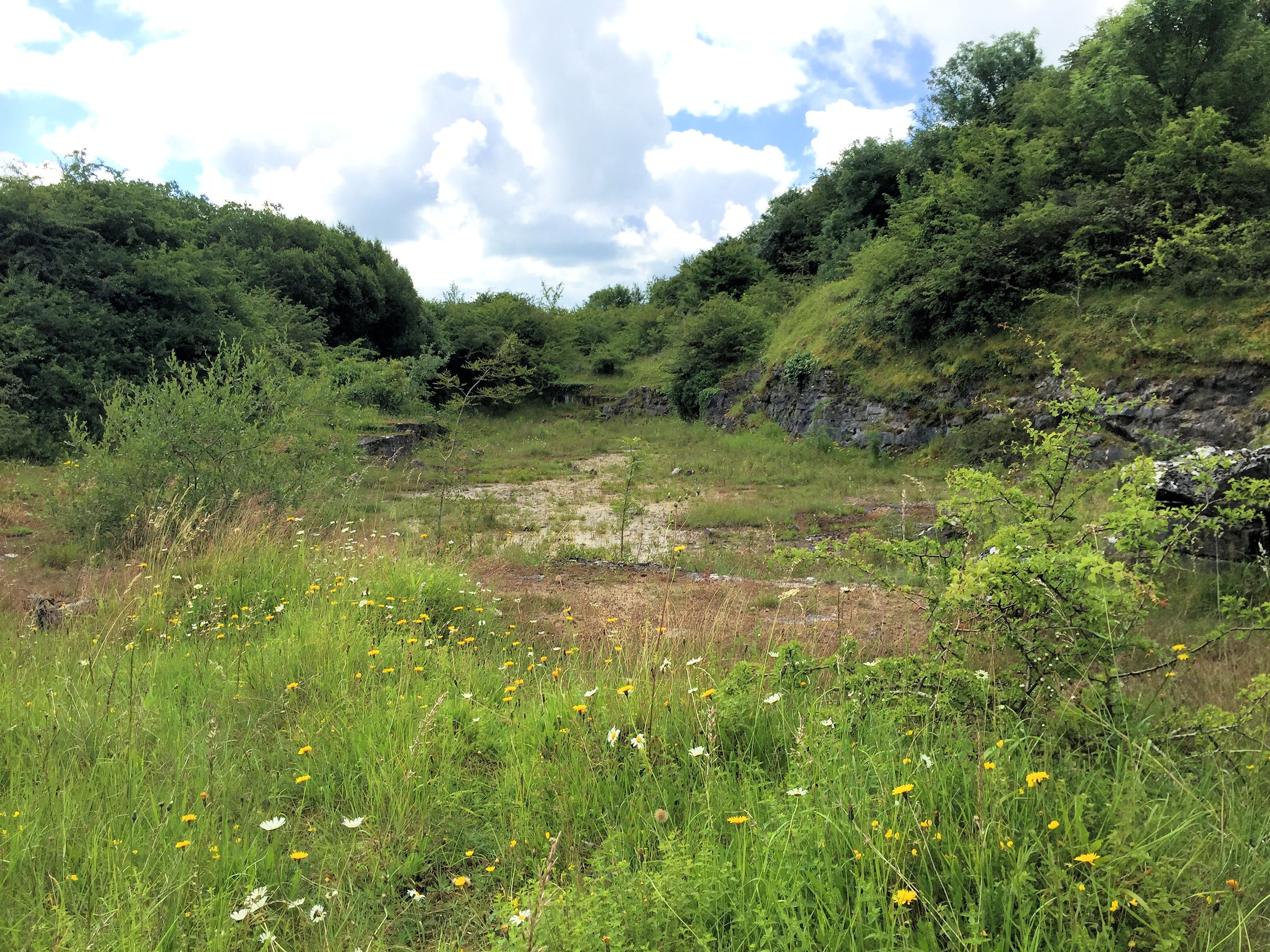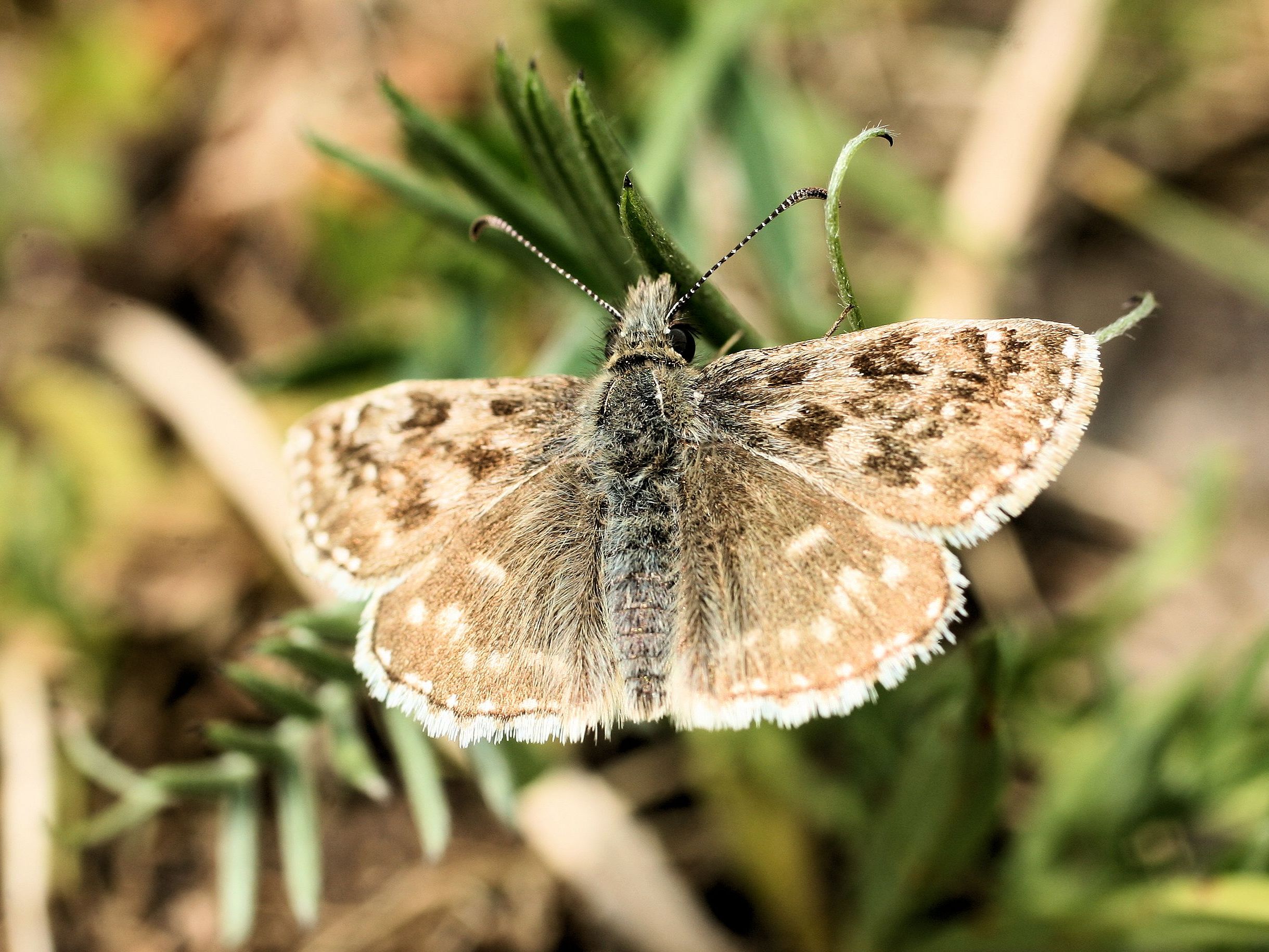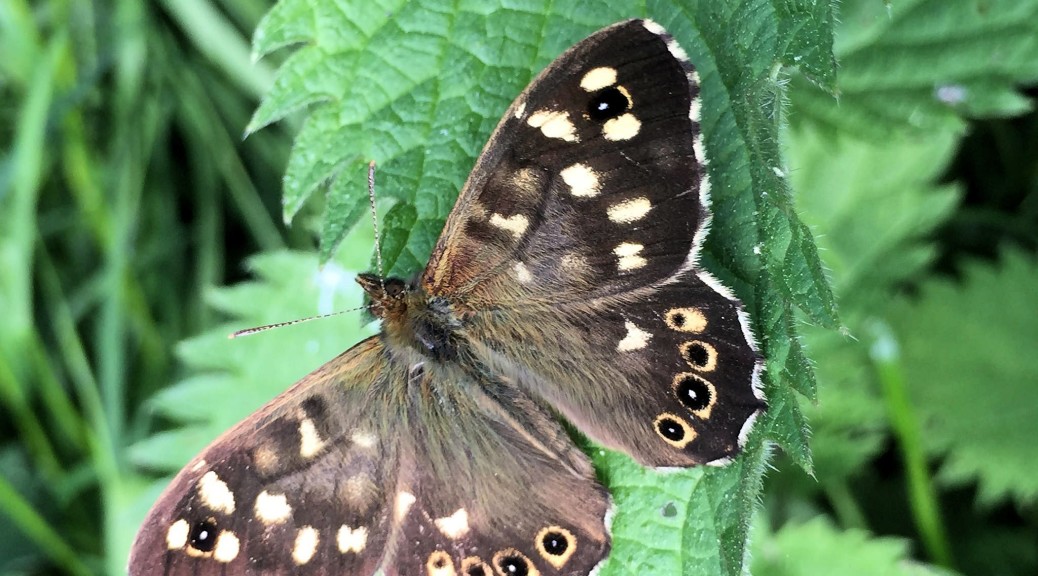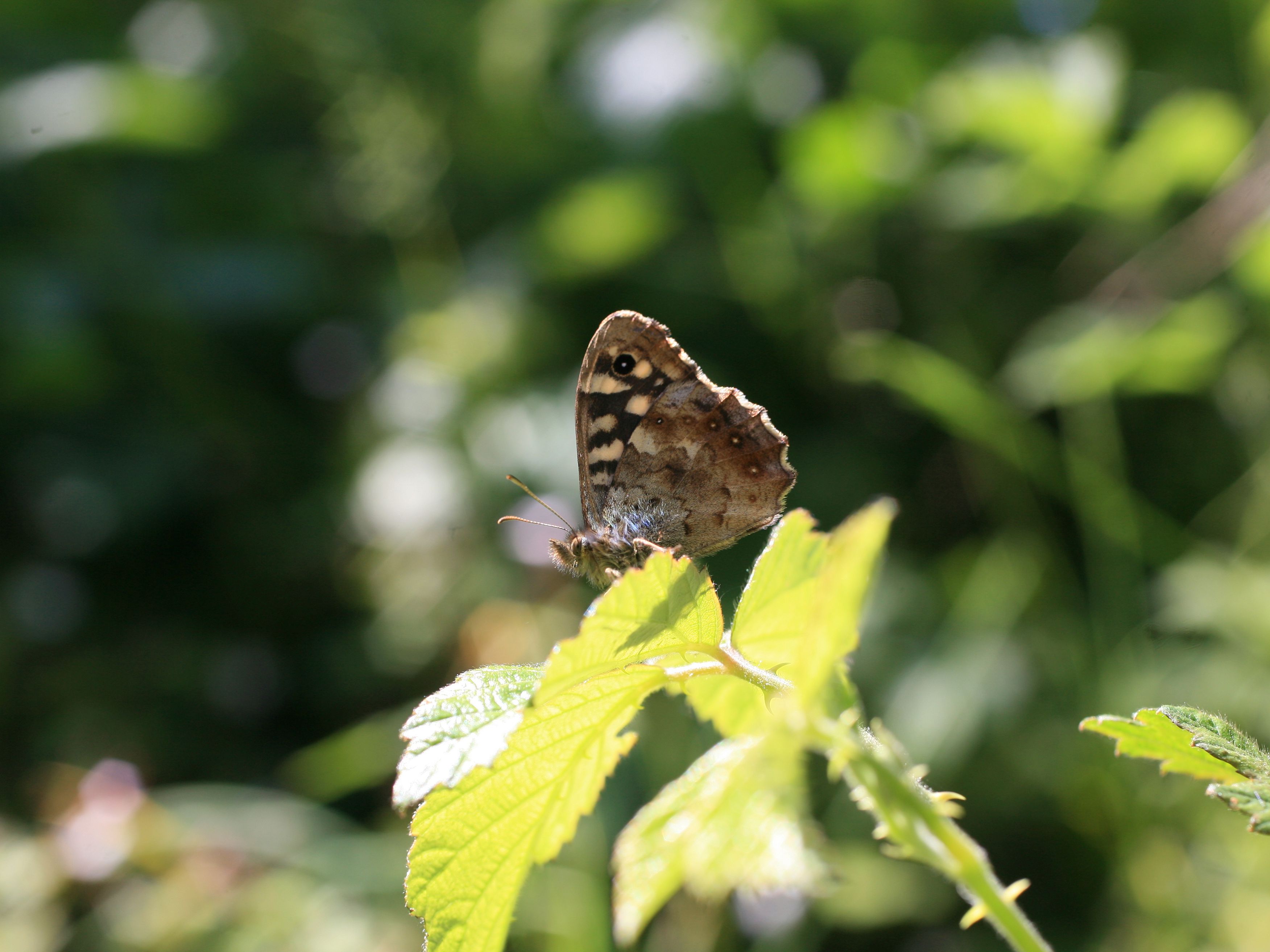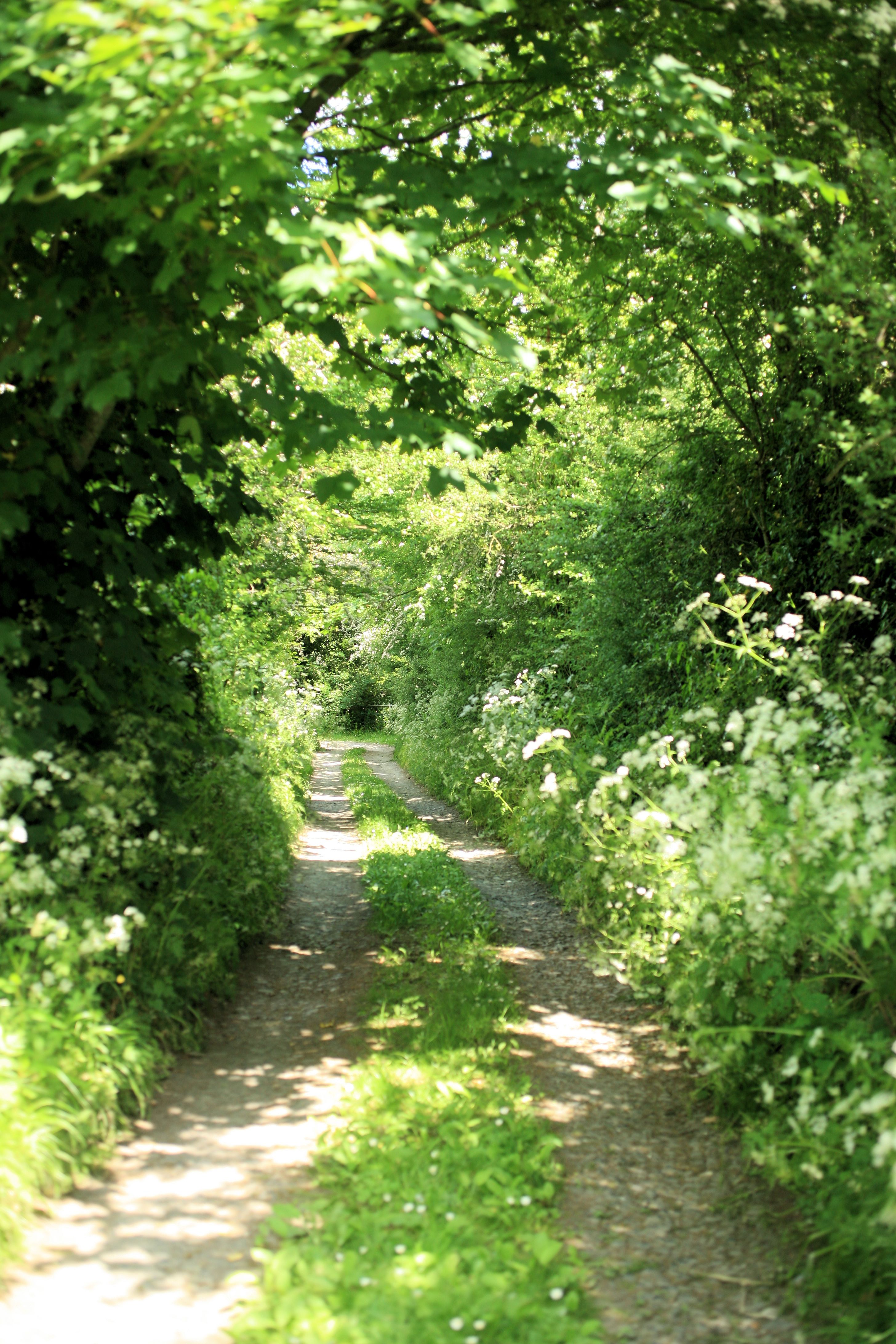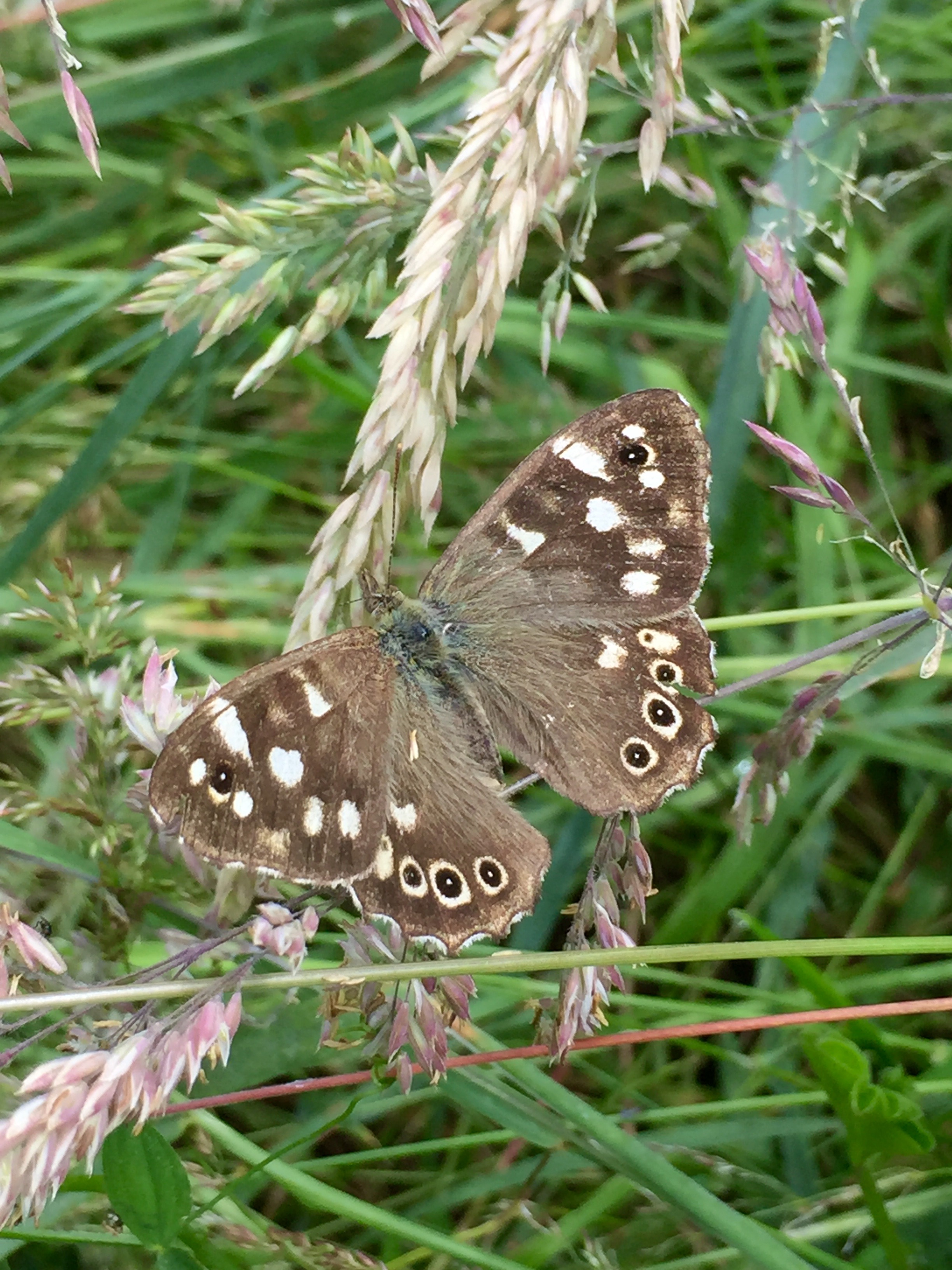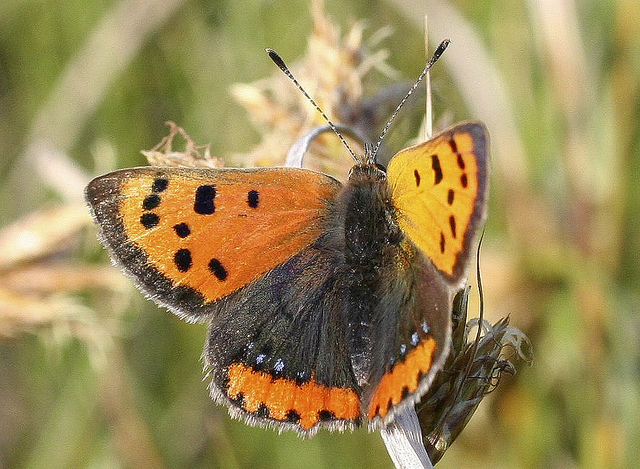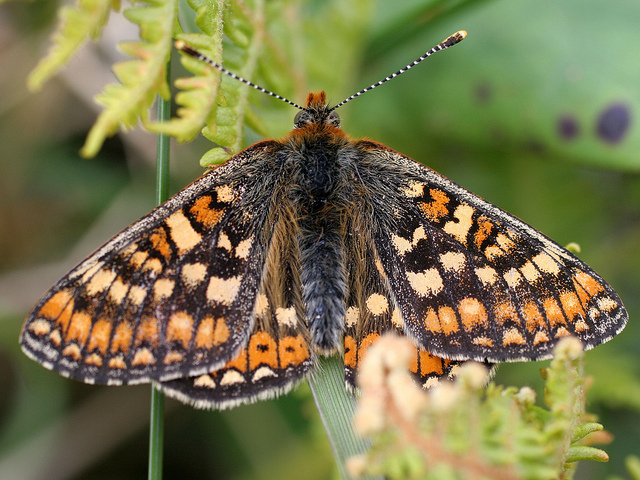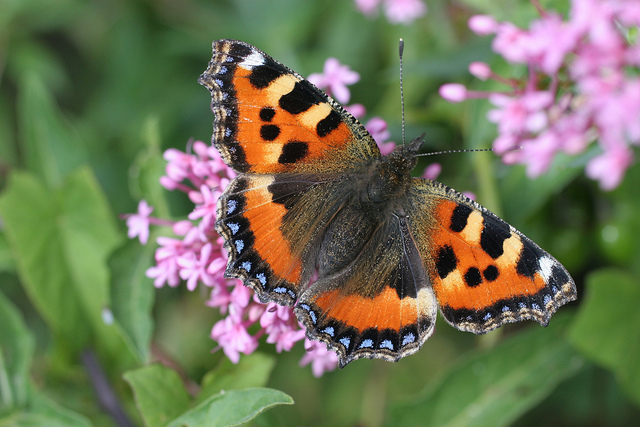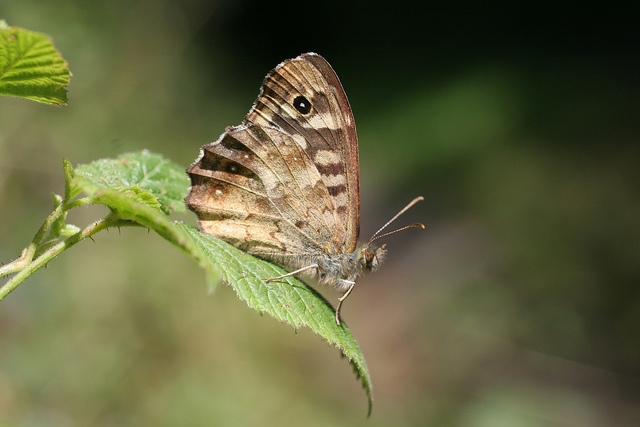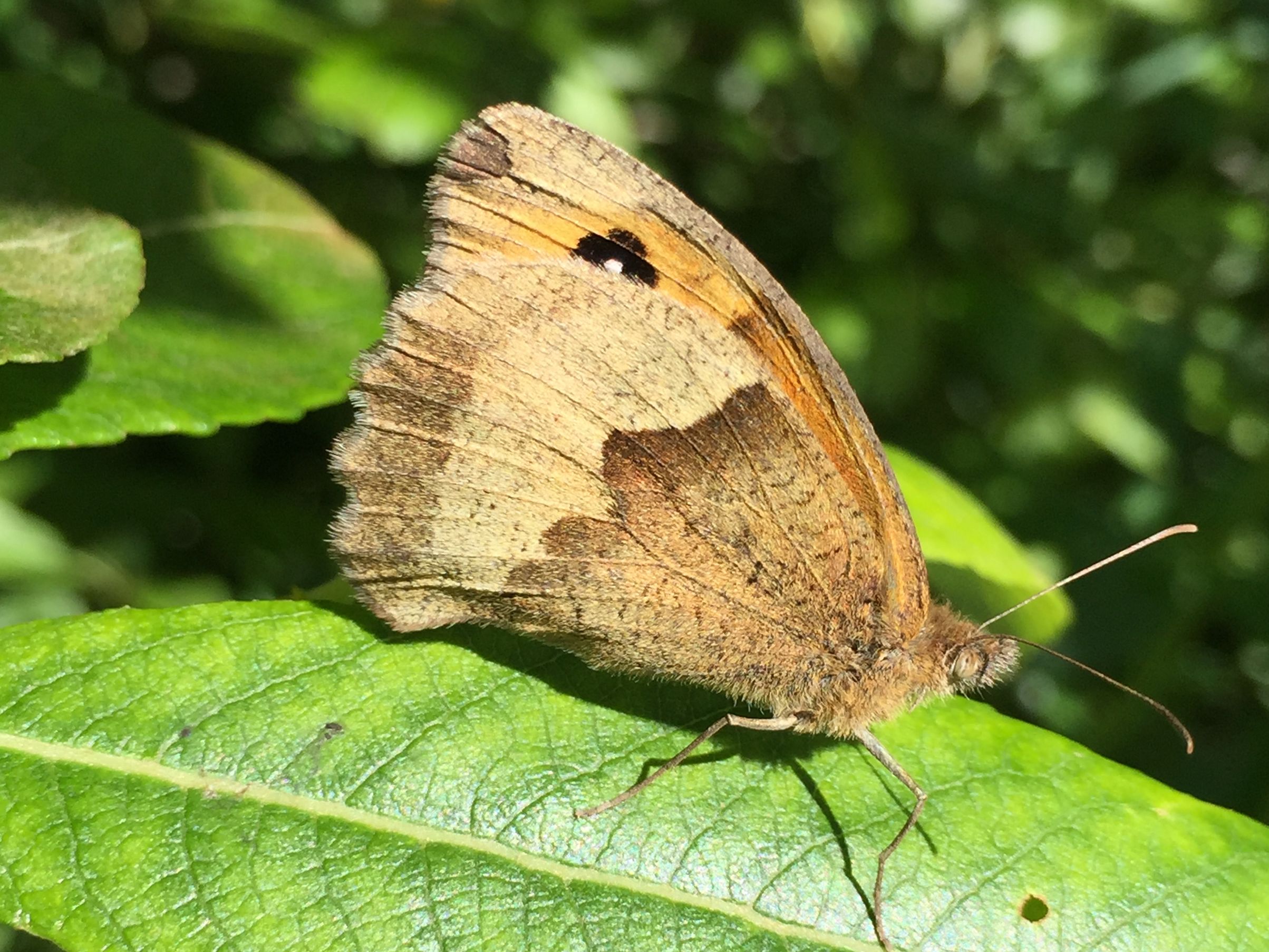
I understand that beauty is in the eye of the beholder, but let’s face it, the meadow brown doesn’t have much going for it! Not only is it a fairly nondescript brown butterfly, with only an eyespot and splash of orange to enliven its appearance, it is also very common. Wherever there is grassland with a bit of structural diversity it will be found flying from June through to August.

I didn’t have far to go to photograph this species, just outside my office window, in fact. And even managed to get the photograph during work time (Oops, sorry boss!). For we have left the grass around the Data Centre grow to encourage biodiversity. The cutting regime couldn’t be simpler; the grass is cut once in autumn and taken away. In a sea of otherwise tightly cut lawn on the campus, our patch stands out, and confirms to our neighbours that we are a bit odd, doing all that biodiversity ‘stuff’. But our wildlife patch is proving a great success. First the dandelions, then the ox eyed daisy and bird’s-foot trefoil, then the self-heal and knapweed ensure we have colour throughout the season. Last year the first orchid, a common-spotted, grew much to our delight. But it is the insect life it attracts that surprises me most. I know little of the tiny insects that lurk in the depths of the vegetation (I leave that to others with more expertise), but I love watching the meadow brown, ringlet and common blue content in our patch. After suitable south easterly winds the migratory Silver Y, the moth made famous by Ronaldo, arrives to keep the six-spot burnet and cinnabar moths company. And almost daily the large and hugely impressive emperor dragonfly can be seen quartering over the grass. Not bad for a small patch of uncut grass! But, I suppose, better get back to work….
Speckled wood #1, Dingy skipper #2, Wall brown #3, Common blue #4, Holly blue #5, Small blue #6 & Meadow brown #7.
